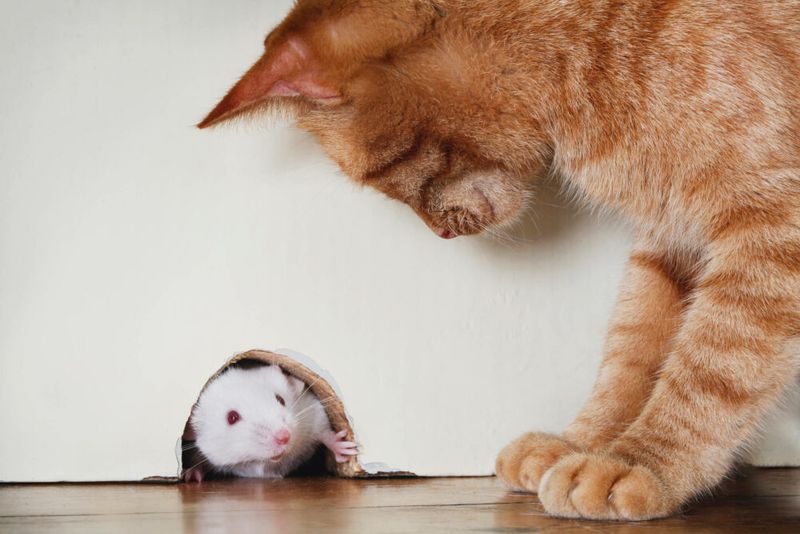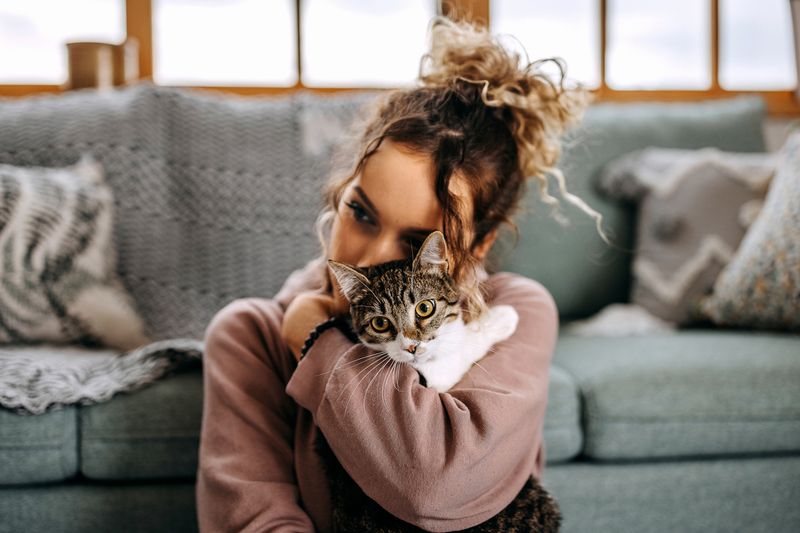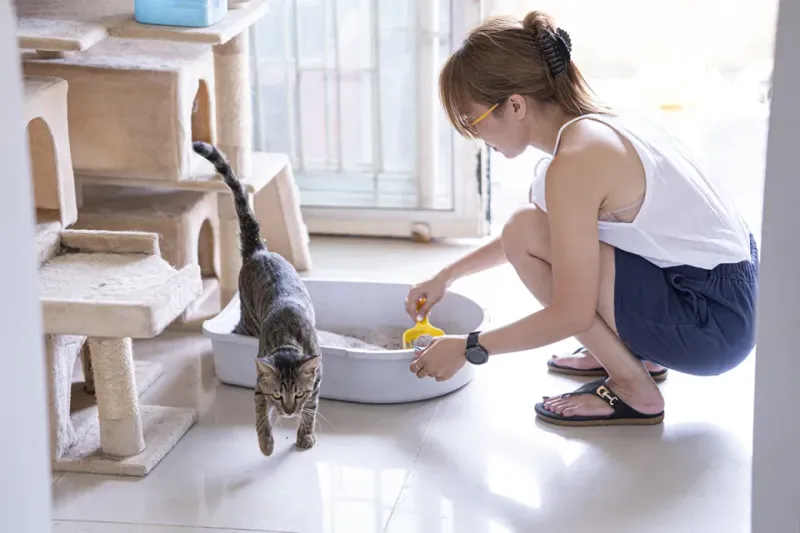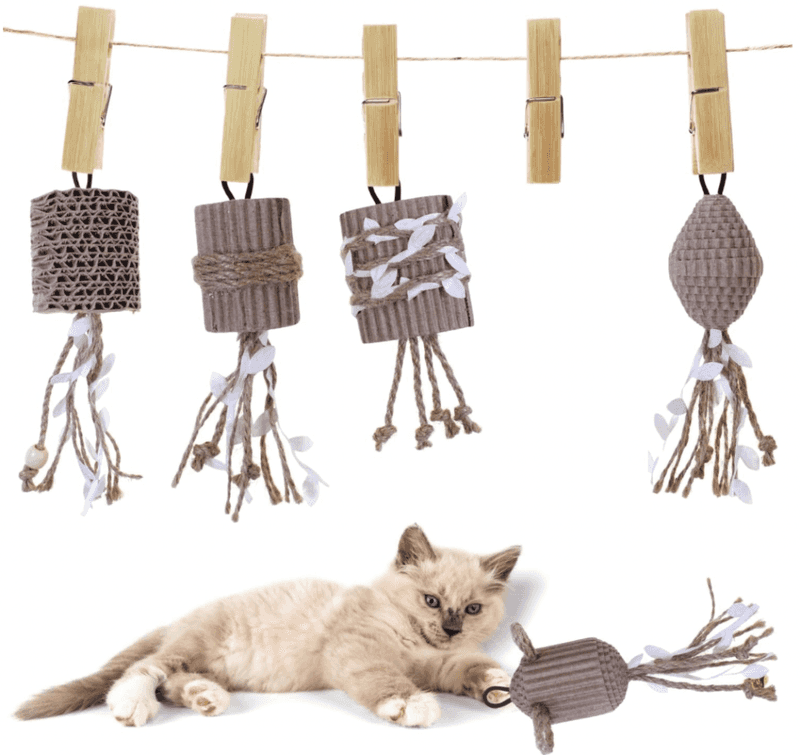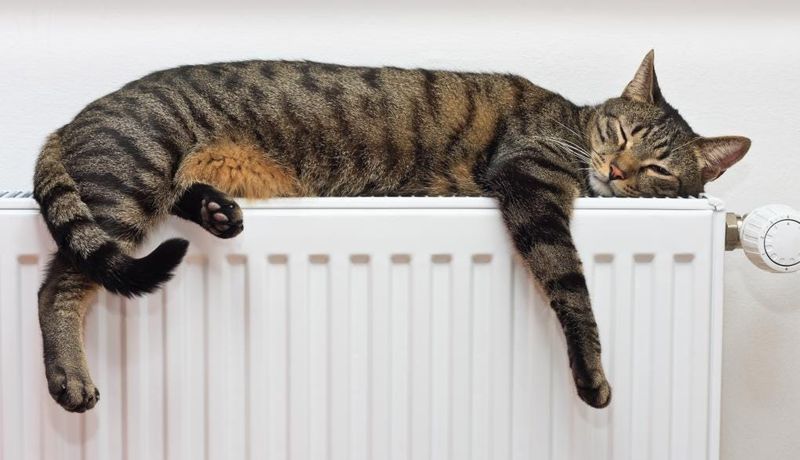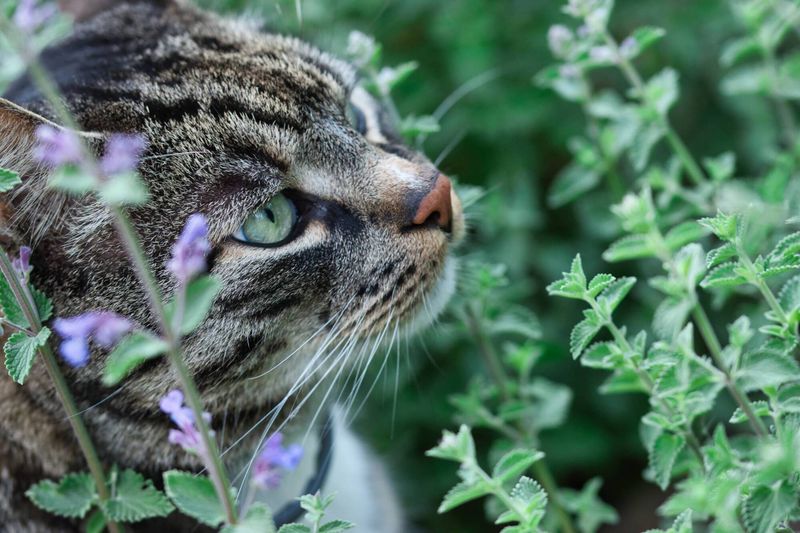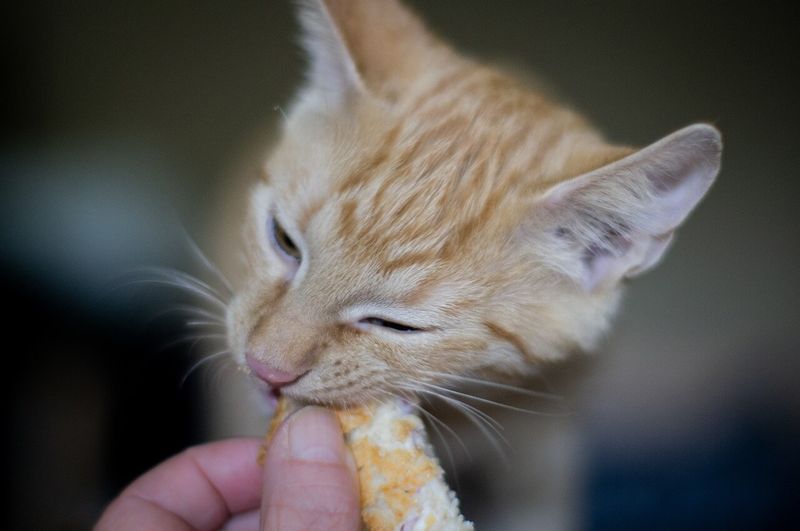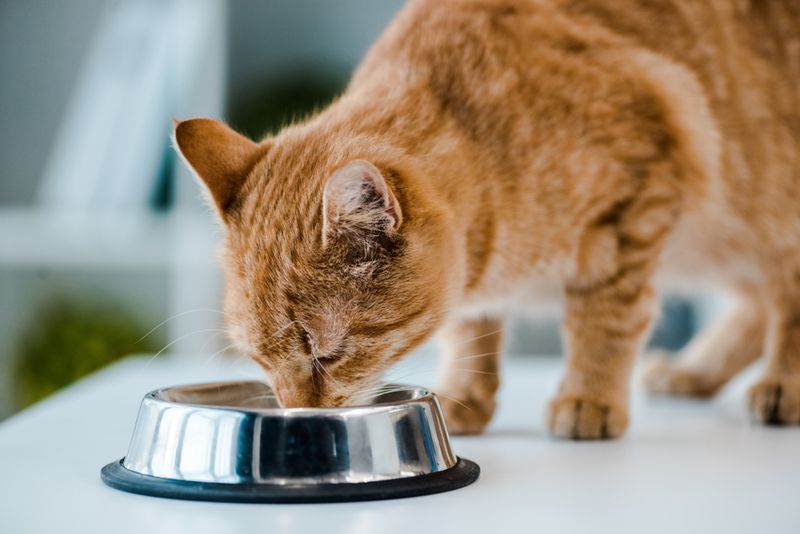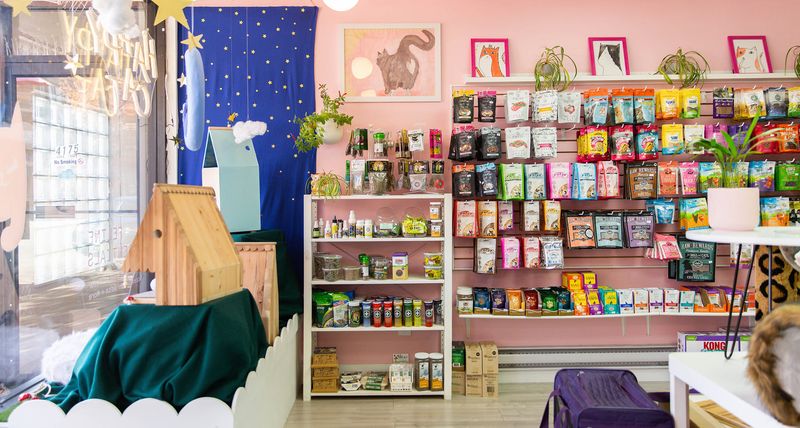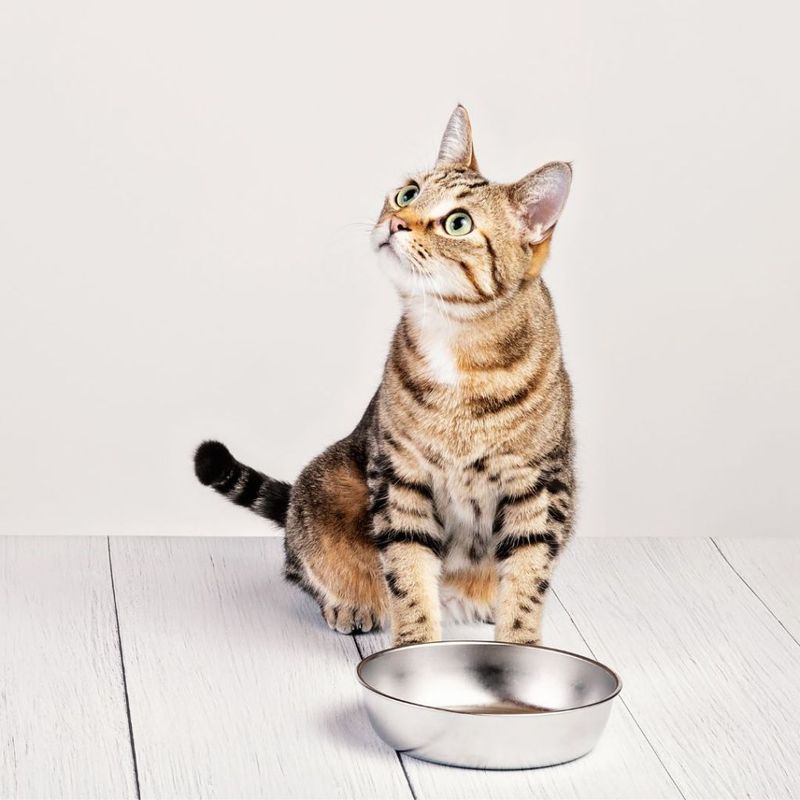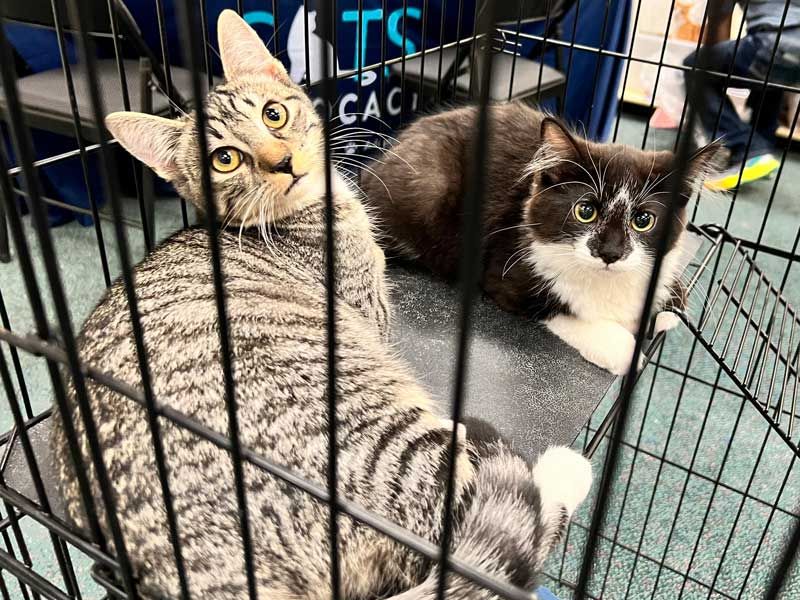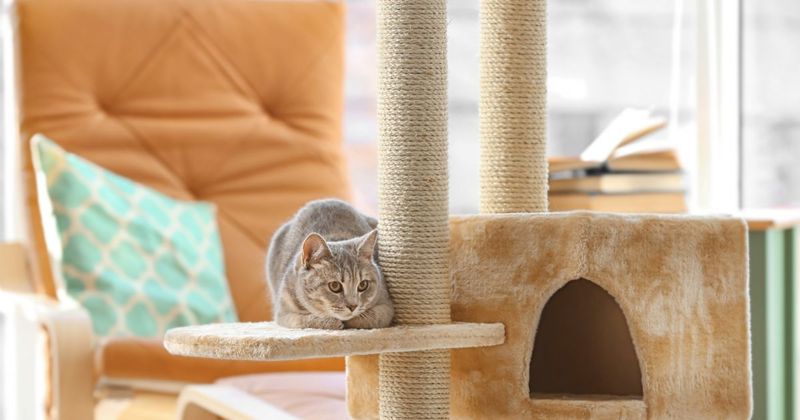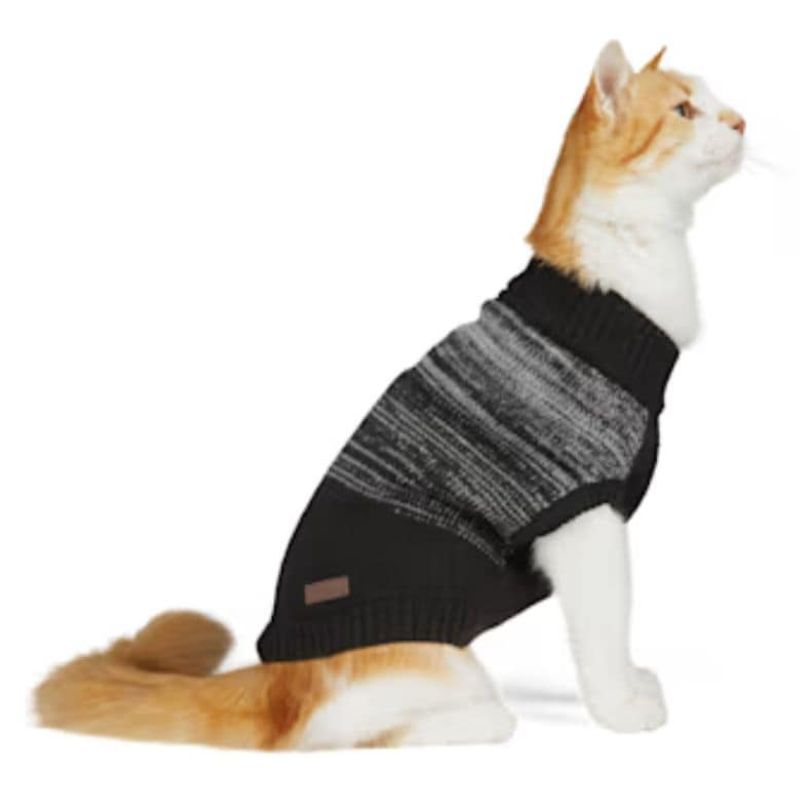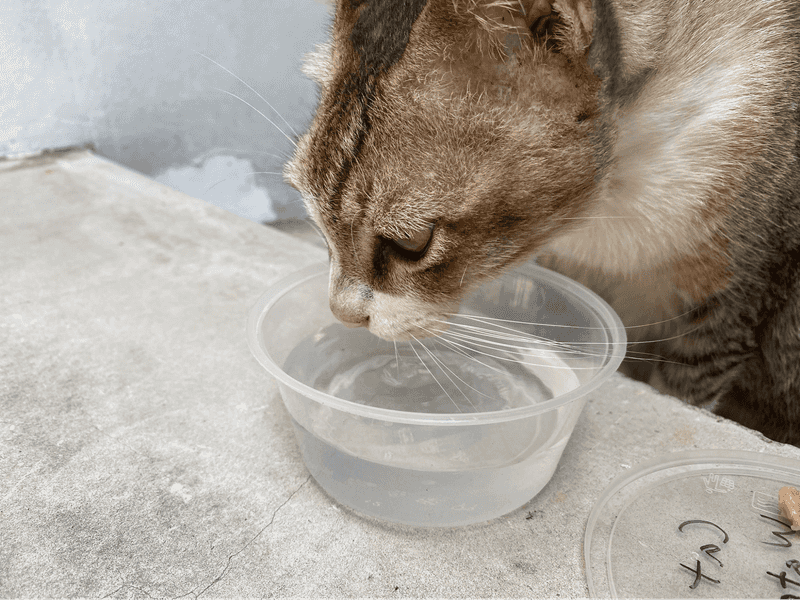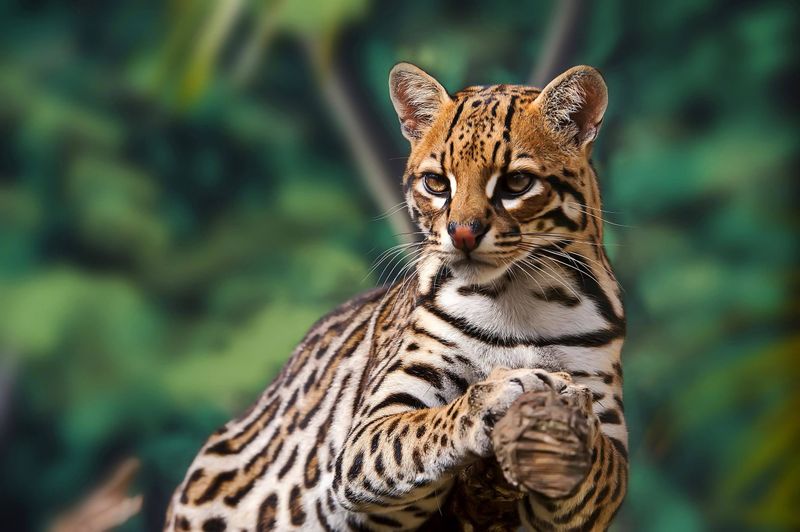📖 Table of Content:
- 1. Natural Pest Control
- 2. Encouraging Minimalism
- 3. Promoting Mental Well-Being
- 4. Reducing Carbon Footprints Through Adoption
- 5. Encouraging Sustainable Pet Products
- 6. Saving Energy with Cat-Friendly Living Spaces
- 7. Enhancing Biodiversity Through Cat-Friendly Gardens
- 8. Reducing Food Waste
- 9. Encouraging a Sustainable Diet for Pet Owners
- 10. Advocating for Ethical, Sustainable Products
- 11. Supporting Local Farmers and Pet Food Producers
- 12. Fostering a Culture of Adoption and Rescue
- 13. Integrating Cats into Urban Green Spaces
- 14. Educating About Responsible Pet Ownership
- 15. Promoting Eco-Friendly Pet Fashion
- 16. Participating in Community Clean-Up Activities
- 17. Advocating for Wildlife Preservation
Think your cat is just a cute companion? Think again—your feline friend might be one of the most eco-conscious members of your household. In this forward-thinking blog post, we explore 17 ways cats naturally align with sustainable living in 2025, from their role in organic pest control to their low-waste lifestyle compared to many other pets.
Discover how cats can support greener homes through minimal food waste, eco-friendly litter choices, energy-saving behavior, and even how their presence can reduce the need for chemical-based pest repellents. We’ll also share tips for making your cat’s lifestyle more environmentally friendly—like choosing sustainable products, reducing packaging waste, and supporting ethical pet brands.
Whether you’re already living a low-impact lifestyle or just getting started, this guide will show you how living with a cat isn’t just rewarding—it’s surprisingly aligned with today’s eco-conscious values.
1. Natural Pest Control
A cat’s keen hunting instincts make it an adept predator, managing pest populations naturally. Cats excel at controlling rodents and insects, reducing reliance on harmful pesticides. Their presence in gardens and homes keeps ecosystems balanced, minimizing chemical use. This natural pest control aligns with eco-friendly living, protecting both human health and the environment. With their sleek movements and keen senses, cats are invaluable allies in maintaining a harmonious balance in nature.
2. Encouraging Minimalism
Cats, with their independent spirits, inspire owners to adopt minimalist lifestyles. Their needs are straightforward: food, love, and a cozy spot to nap. This often leads to a focus on essentials, reducing consumption. Living minimally promotes sustainability, as less clutter means less waste. Those who share their lives with cats often find themselves drawn to simplicity, prioritizing quality over quantity in their belongings.
3. Promoting Mental Well-Being
The soothing presence of a cat can transform a space into a sanctuary of calm. Studies show that interacting with cats reduces stress and anxiety. Their gentle purrs foster a mindful environment, encouraging a balanced lifestyle. As companions, they offer emotional relief, promoting mental well-being. This connection nurtures a sustainable approach to life, enhancing mindfulness and reducing the mental clutter that modern life often brings.
4. Reducing Carbon Footprints Through Adoption
Adopting cats from shelters significantly lowers the demand for commercial breeding, which often involves unsustainable practices. Shelters provide a second chance for these animals, aligning with eco-friendly values. By choosing to adopt, individuals contribute to a reduction in the carbon footprint associated with pet ownership. This simple act of kindness supports a sustainable model of pet care, emphasizing ethical choices and environmental responsibility.
5. Encouraging Sustainable Pet Products
The pet industry increasingly leans towards sustainability, with cat owners choosing eco-friendly products. From biodegradable litters to toys made from natural materials, these choices reduce environmental impact. Sustainable products benefit not just the planet but also the health of pets and their owners. This shift towards green alternatives reflects a growing awareness and commitment to preserving the environment, one pet product at a time.
6. Saving Energy with Cat-Friendly Living Spaces
Cats have an uncanny ability to find the warmest spots in a home, often reducing the need for artificial heating. By designing living spaces that cater to their comfort, homeowners can conserve energy. Simple adjustments, like placing beds near sunlit areas, provide warmth and efficiency. This approach to living not only benefits the cat but also supports a greener lifestyle, showcasing how small changes can lead to significant energy savings.
7. Enhancing Biodiversity Through Cat-Friendly Gardens
Creating gardens that accommodate cats can enhance local biodiversity. By choosing plants that attract insects and small wildlife, these spaces become havens for various species. Cats, with their curious nature, coexist with garden inhabitants, fostering a balanced ecosystem. These gardens serve as refuges for both pets and wildlife, supporting environmental harmony and demonstrating the potential of shared spaces in urban settings.
8. Reducing Food Waste
Cats can play a role in minimizing food waste by consuming leftovers that would otherwise be discarded. This practice encourages mindful food consumption and waste reduction. By incorporating cats into meal planning, households can adopt more sustainable eating habits. This not only reduces waste but also supports a circular approach to food use, where nothing is wasted and everything has a purpose.
9. Encouraging a Sustainable Diet for Pet Owners
Caring for a cat can inspire owners to pursue sustainable dietary choices. As pet owners research nutrition, they often extend this awareness to their own meals. Choosing responsibly sourced ingredients becomes a shared value, promoting environmental consciousness. This ripple effect encourages households to adopt green habits and make informed decisions about food consumption, benefiting both humans and their feline companions.
10. Advocating for Ethical, Sustainable Products
Cats inspire owners to invest in ethically sourced and sustainable products, supporting a responsible pet care industry. These choices reflect a commitment to ethical standards and environmental stewardship. By prioritizing sustainable options, pet owners contribute to a market that values transparency and quality. This advocacy for ethical consumption can drive positive change in the industry, encouraging more companies to adopt green practices.
11. Supporting Local Farmers and Pet Food Producers
Purchasing cat food from local, eco-conscious farms supports sustainable agriculture and reduces transportation emissions. This choice fosters a connection between consumers and producers, emphasizing the importance of local economies. By buying locally, cat owners invest in their communities while ensuring their pets receive quality nourishment. This practice promotes a cycle of sustainability, reinforcing the benefits of local sourcing.
12. Fostering a Culture of Adoption and Rescue
Promoting cat adoption from shelters reduces the number of stray and abandoned animals. This practice highlights responsible pet ownership and sustainability. When communities rally around adoption, they foster a culture that values compassion and environmental stewardship. Adopting rescues supports humane practices and decreases the demand for breeding, aligning with eco-friendly values and creating a legacy of care.
13. Integrating Cats into Urban Green Spaces
Urban parks designed with cats in mind enhance the quality of life for both pets and humans. By integrating natural landscapes and designated cat areas, these spaces foster connectivity with nature. Such environments provide enrichment and recreation, promoting a sustainable urban lifestyle. Designing cities that accommodate feline friends encourages a harmonious coexistence with nature, enhancing urban biodiversity.
14. Educating About Responsible Pet Ownership
Educational initiatives focused on responsible pet ownership empower communities. By teaching about ethical care and environmental impacts, people become informed caretakers. These programs highlight the importance of sustainable practices, encouraging behaviors that benefit both pets and the planet. Responsible ownership goes beyond care, fostering a mindset that values long-term well-being and ecological balance.
15. Promoting Eco-Friendly Pet Fashion
The pet fashion industry is embracing eco-friendly practices, offering products made from recycled and sustainable materials. Cats, as style icons, inspire trends that prioritize planet-friendly choices. By choosing eco-conscious fashion, pet owners contribute to reducing waste and promoting sustainable production. This trend reflects a shift towards mindful consumption, where style meets sustainability in the pet world.
16. Participating in Community Clean-Up Activities
Cat owners often engage in community clean-up activities, driven by a shared commitment to environmental stewardship. These events cultivate a sense of responsibility and togetherness, uniting people in the goal of preserving local environments. By involving cats, owners create a fun, inclusive atmosphere that encourages participation. These activities not only improve local areas but also strengthen community bonds, promoting a culture of care.
17. Advocating for Wildlife Preservation
Cats can be ambassadors for wildlife preservation, raising awareness about conservation efforts. Through educational programs and partnerships, cat owners learn the impact of their pets on local fauna. These initiatives encourage responsible behavior that protects both wildlife and pets. By advocating for preservation, cat owners contribute to safeguarding ecosystems, ensuring habitats thrive for future generations.

